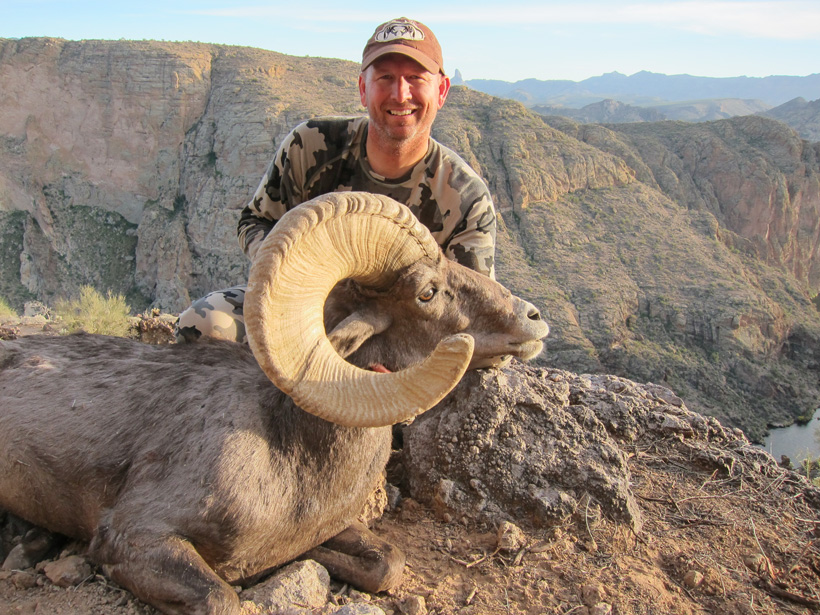

The outer hooves are modified toenails shaped to snag any slight protrusion, while a soft inner pad provides a grip that conforms to each variable surface. Both rams and ewes use their horns as tools for eating and fighting.Īlthough not as agile as mountain goats, bighorn sheep are well-equipped for climbing the steep terrain that keeps their predators at bay. Females, or ewes, also have horns, but they are short with only a slight curvature. Older rams have massive horns that can grow over three feet (0.9 meters) long with a more than one-foot (0.3-meter) circumference at the base. Large, curved horns-borne by the males, or rams-can weigh up to 30 pounds (14 kilograms), as much as the rest of the bones in the male's body. The latest science shows that "bighorn sheep" is one species, with three living subspecies: the Rocky Mountain bighorn sheep ( Ovis canadensis canadensis), the Sierra Nevada bighorn sheep ( Ovis canadensis sierrae)-formerly called the California bighorn sheep, and the desert bighorn sheep ( Ovis canadensis nelsoni). The bighorn sheep is one of two species of wild sheep in North America with large horns, the other being the Dall sheep ( Ovis dalli). The bighorn sheep's keen eyesight, hearing, and sense of smell help it detect and avoid predators. Their wide-set eyes are situated well forward on the head, providing a wide arc of exceptional vision. Most weigh 160 to 250 pounds (73 to 113 kilograms), but males may weigh more than 350 pounds (159 kilograms) and stand around 40 inches (102 centimeters) at the shoulder. The bighorn sheep's compact body is muscular, with chocolate brown fur trimmed in white on the muzzle, rump, and belly.


 0 kommentar(er)
0 kommentar(er)
